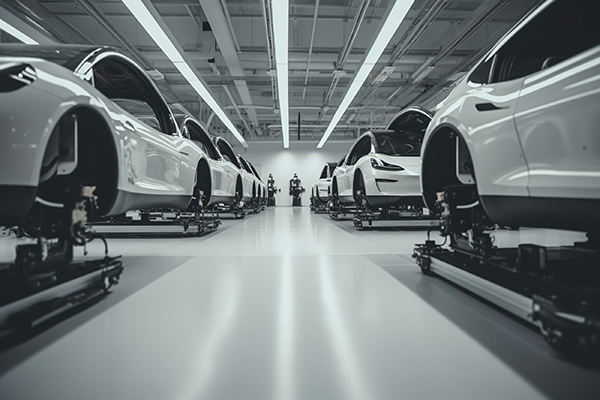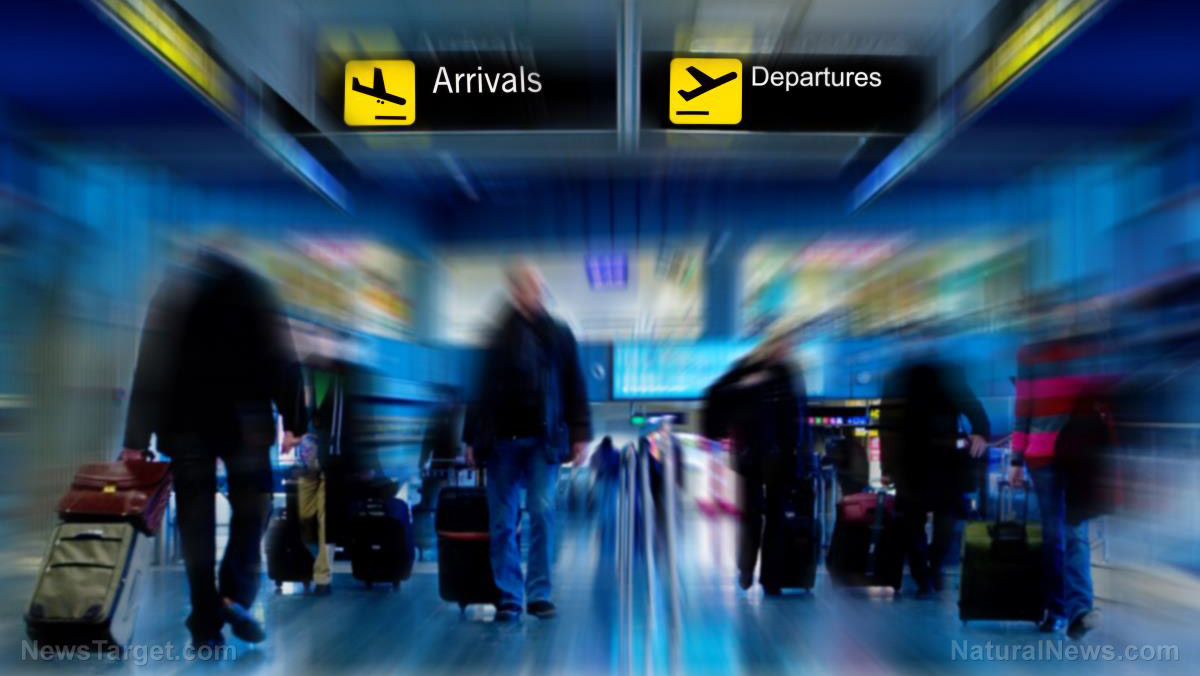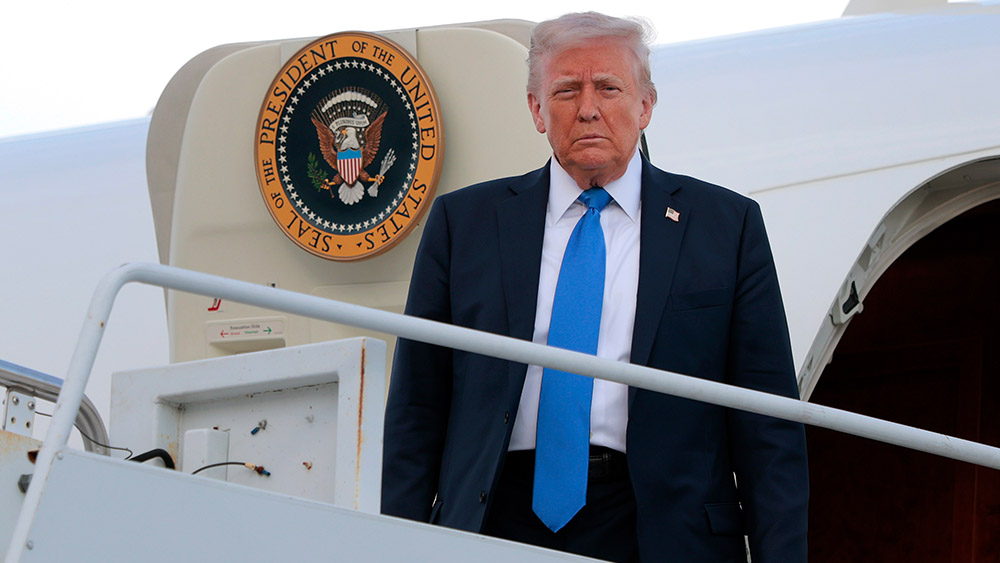Analysts: China's robotaxi market to expand by 700-fold over the next decade
By lauraharris // 2025-05-13
Tweet
Share
Copy

- Goldman Sachs projects 500,000 autonomous taxis will operate across 10 major Chinese cities by 2030, with revenues skyrocketing from $54 million (2025) to $47 billion by 2035. China's robotaxi market could grow 700-fold in a decade.
- China aims to mass-produce advanced humanoid robots by 2025, competing with Tesla and Western firms. These robots (with AI "brains" and 44-degree joint mobility) could dominate logistics, healthcare and military roles, potentially creating a $150B annual market by 2040.
- Firms like Baidu Apollo, Pony.ai, and WeRide are already deploying robotaxis in cities like Beijing and Shanghai. The Chinese government is accelerating regulatory approvals and smart-city infrastructure, outpacing the U.S. in adoption.
- Each robotaxi could generate $69/day by 2035, outperforming traditional ride-hailing due to 24/7 operation and lower labor costs. Humanoid robots may replace workers in warehousing, fast food and elder care.
- China is on track to host the world's largest robotaxi fleet (12M vehicles by 2040, per BloombergNEF) and lead in AV revenue ($500B+ by 2030, per McKinsey). Analysts credit China's proactive policies and faster regulatory approvals for its edge over the U.S.
China is on track to host the world's largest robotaxi fleet
The Goldman Sachs analysts' projection aligns with other 2024 predictions for China. According to a forecast by global consulting firm McKinsey & Company, revenue from autonomous vehicles and mobility services in China is expected to surpass $500 billion by the end of the decade. While the U.S. has been cautious in approving unmanned robotaxis, China has accelerated its regulatory approvals, granting permits at a much faster pace. "We've seen an acceleration in China. There's certainly now a rapid pace of permits being issued," said Boston Consulting Group Managing Director Augustin Wegscheider. "The U.S. has been a lot more gradual." Similarly, a 2024 BloombergNEF report projected that by 2040, China will operate the world's largest robotaxi fleet, with an estimated 12 million self-driving vehicles, dwarfing the U.S. forecast of 7 million. Li Hengyu, the vice president of Pony.ai, a leading Chinese autonomous driving firm, praised the government's proactive stance: "The central and local governments in China rank first in the world in terms of their openness and understanding of autonomous driving." Moreover, China is advancing smart city infrastructure, integrating vehicles, roads and cloud computing to create a seamless ecosystem. In fact, five ministries, including the Ministry of Industry and Information Technology, designated 20 cities and city clusters – including Beijing, Shanghai and Guangzhou – as pilot zones for autonomous driving technology in July 2024. Visit RoboCars.news for more news on electric vehicles. Watch as Yuval Noah Harari and Elon Musk discuss self-driving cars. This video is from the Thrivetime Show channel on Brighteon.com.More related stories:
Young protesters use traffic cones to paralyze self-driving cars in San Francisco.
Driverless Cruise robotaxi DRAGGED a woman pinned under it for 20 feet.
Sources include: ZeroHedge.com ChinaDaily.com Brighteon.comTweet
Share
Copy
Tagged Under:
glitch artificial intelligence China robots prophecy transportation robotics big government cyborg inventions 2030 future science information technology autonomous vehicles computing future tech self-driving vehicles robocars robotaxi
You Might Also Like
Trump’s EO ending gain-of-function research sparks global debate on lab risks
By Ava Grace // Share
Trump declares EU ‘nastier than China’ as trade war escalates – Is the bloc fighting for survival?
By Lance D Johnson // Share
Trump’s tariff retreat sparks fears of accelerating BRICS dominance
By Finn Heartley // Share
Recent News
Anheuser-Busch pledges $300 million to boost U.S. manufacturing
By willowt // Share
Trump names Casey Means as his new pick for U.S. surgeon general
By ramontomeydw // Share
WHO study confirms cell phone radiation causes cancerous TUMORS in animals
By avagrace // Share











